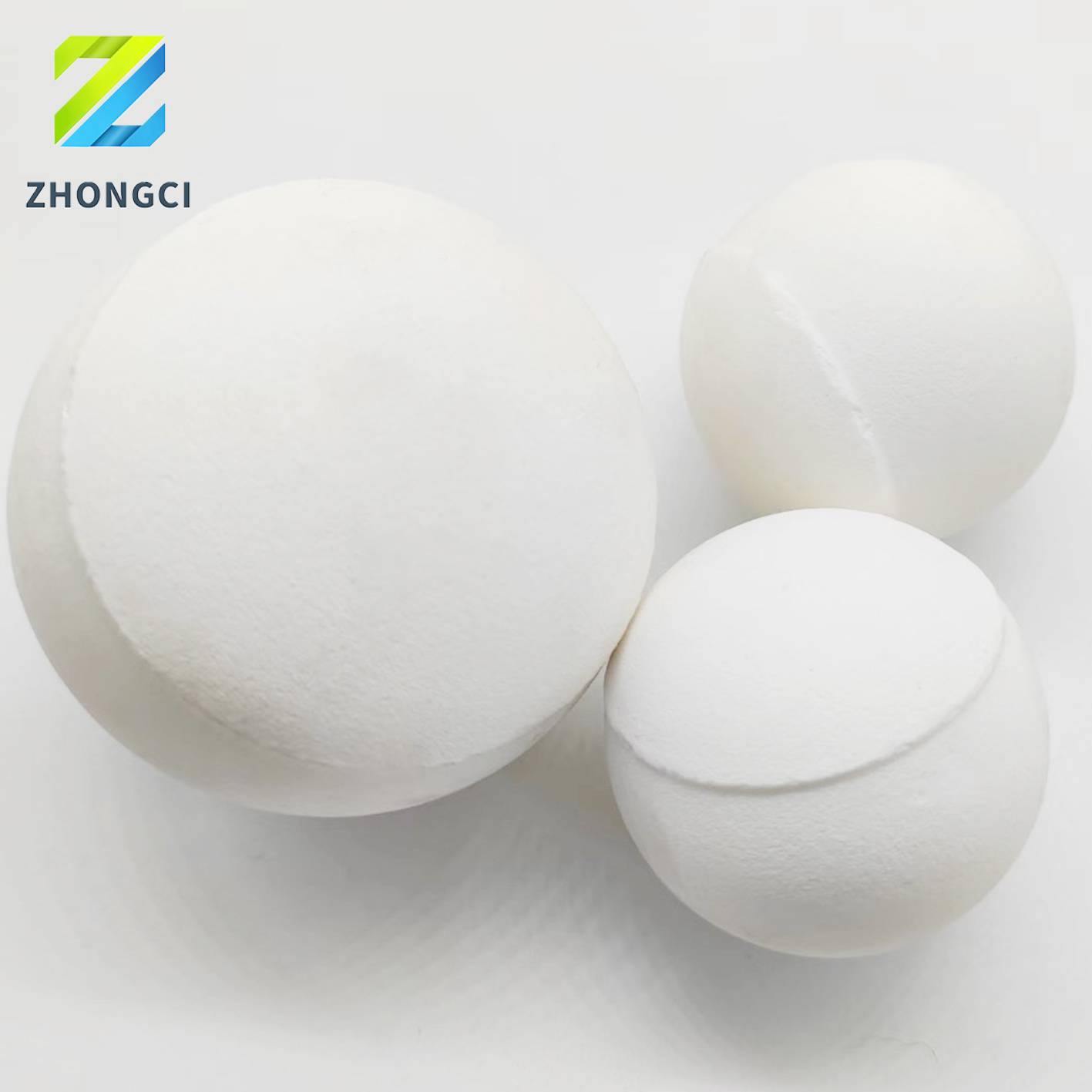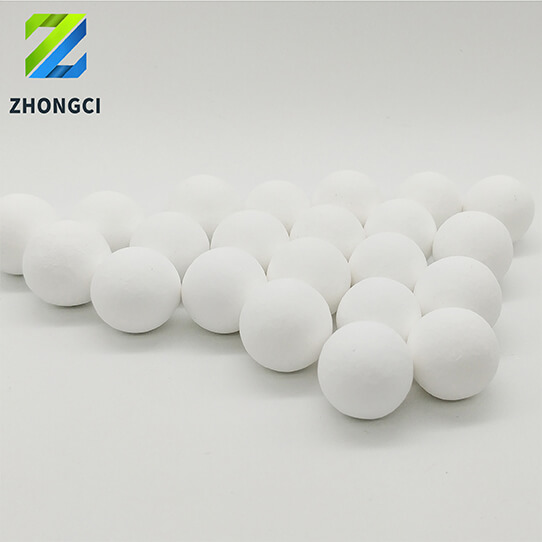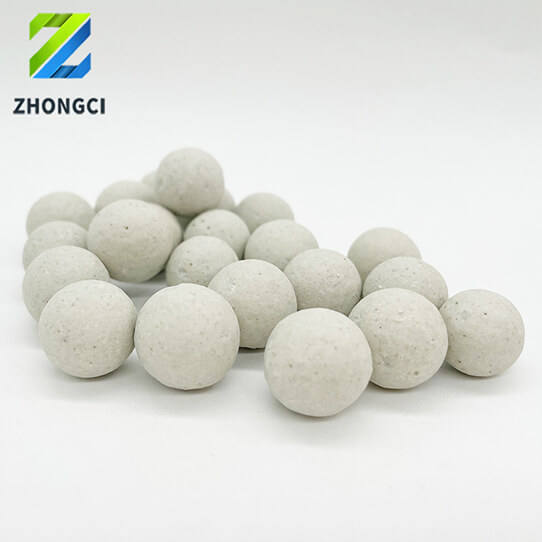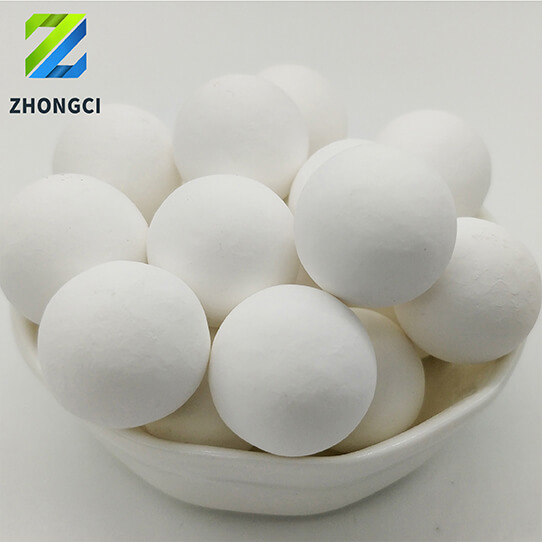Alumina balls, also known as alumina ceramic balls, are widely used in various industrial applications due to their high strength, excellent thermal stability, and resistance to wear and corrosion. Here’s an overview of the main uses of alumina balls:
1. As Grinding Media in Mills
One of the most common uses of alumina balls is as grinding media in mills. Their hardness and wear resistance make them ideal for grinding and pulverizing materials in ball mills. Industries like ceramics, pharmaceuticals, and chemical manufacturing often use alumina balls in the production of powders, where they help in fine grinding and blending raw materials.

2. In Catalysis and Chemical Reactions
Alumina balls are used as catalyst supports in chemical reactions, particularly in petroleum refining and petrochemical production. Their high surface area allows them to hold catalysts efficiently, aiding in reactions such as cracking, hydrogenation, and desulfurization.

3. As a Packing Material in Industrial Reactors
In the chemical industry, alumina balls are often used as packing material in reactors. They provide a high surface area for chemical reactions to occur and are commonly used in applications like gas adsorption and separation. Their resistance to high temperatures makes them perfect for use in high-temperature chemical processes.

4. In Gas and Liquid Filtration
Alumina balls are used in filtration systems to remove impurities from gases and liquids. Their fine pores help trap particles, making them effective in water treatment, air purification, and other filtration processes.
5. In Heat Exchange Systems
Because alumina balls can withstand high temperatures without degrading, they are used in heat exchange systems, where they can store and transfer heat. This property makes them valuable in applications like thermal energy storage, cooling towers, and industrial furnaces.
6. In Magnetic and Electrical Applications
Alumina balls are sometimes used in electronics and magnetics applications due to their insulating properties. Their resistance to heat and electrical conductivity makes them useful in various components like insulators and electrical substrates.
7. For Abrasive Applications
In addition to their use as grinding media, alumina balls can also serve as abrasives in polishing, lapping, and surface preparation processes. Their hardness allows them to smooth and finish surfaces effectively.
8. As Desiccants
Due to their ability to absorb moisture, alumina balls can be used as desiccants in packaging and storage environments where moisture control is essential to prevent damage to sensitive materials.
In summary, alumina balls are versatile and find application across many industries, including chemical, automotive, pharmaceutical, and environmental sectors, thanks to their durability, high-temperature resistance, and chemical stability.


 2025-04-22
2025-04-22
 0799-6335986
0799-6335986
 +86-18107991684
+86-18107991684
 yuna@chempacking.cn
yuna@chempacking.cn

 Hmoe
Hmoe